Table of content
Steaming lilies, a delicate culinary practice rooted in Asian cuisine, requires precision and patience to achieve the ideal texture and flavor. Often celebrated for their subtle sweetness and tender crispness, steamed lilies—typically referring to lily bulbs (Lilium brownii or Lilium lancifolium)—are a staple in dishes ranging from soups and stir-fries to desserts. However, one of the most common questions among home cooks and culinary enthusiasts is: How long does it take to steam lilies until they are perfectly cooked? This article delves into the science and art of steaming lilies, exploring factors that influence cooking time, step-by-step techniques, and tips to avoid common pitfalls.

Understanding Lilies in Culinary Context
Lily bulbs, known as bai he in Chinese or yuri in Japanese, are prized for their mild, slightly bitter flavor and crunchy texture when raw. When cooked, they soften into a tender, almost buttery consistency while retaining a hint of resilience. Nutritionally, lilies are rich in vitamins B and C, potassium, and dietary fiber, making them a healthy addition to meals. Their versatility in both savory and sweet dishes has cemented their place in traditional and modern recipes alike.
Factors Influencing Steaming Time
The duration required to steam lilies to perfection varies based on several key factors:
-
Variety and Freshness:
Fresh lily bulbs, available in Asian markets or specialty stores, cook faster than dried ones. Dried lilies, often used in soups or braises, require rehydration before steaming, which adds to the total preparation time. -
Size and Thickness:
Larger bulbs or thicker slices take longer to cook. For even cooking, slice bulbs uniformly or opt for smaller, younger bulbs when possible. -
Preparation Method:
Whether the lilies are whole, sliced, or pre-soaked affects steaming time. Dried lilies may need 20–30 minutes of soaking in warm water before steaming. -
Steaming Equipment:
The type of steamer—bamboo, stainless steel, or electric—influences heat distribution. Bamboo steamers, for example, retain moisture well but may require slightly longer cooking times due to their porous structure. -
Altitude and Climate:
At higher altitudes, water boils at lower temperatures, potentially increasing steaming time. Similarly, dry climates may cause quicker evaporation, necessitating adjustments to water levels.
Step-by-Step Guide to Steaming Lilies
Preparation
- Cleaning: Rinse fresh lily bulbs under cold water to remove dirt. Peel off outer layers if they appear discolored or tough.
- Trimming: Cut off the roots and any blemished sections. Slice bulbs into uniform pieces (e.g., halves, quarters, or thin discs) for even cooking.
- Soaking (Dried Lilies): Submerge dried lilies in warm water for 20–30 minutes until pliable. Drain and rinse before steaming.
Steaming Setup
- Water Level: Fill the steamer’s base with 1–2 inches of water. Ensure the water does not touch the steaming basket to prevent sogginess.
- Heat Source: Bring water to a rolling boil over high heat before placing the lilies in the steamer.
Steaming Duration
-
Fresh Lilies:
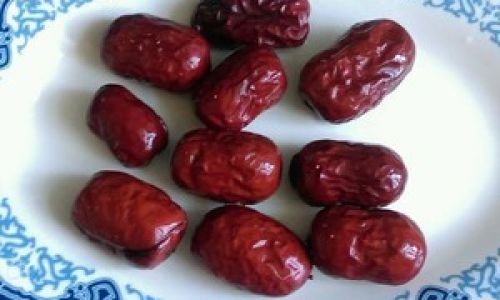
- Sliced: 8–12 minutes.
- Whole or Thick Slices: 15–20 minutes.
Test for doneness by piercing with a fork; they should yield slightly but retain a mild resistance.
-
Dried Lilies (After Rehydration):
- 10–15 minutes.
Dried lilies soften faster due to prior soaking but may require additional time if thickly cut.
- 10–15 minutes.
Monitoring Doneness
- Texture Check: Cooked lilies should be tender yet slightly firm, avoiding mushiness.
- Visual Cues: Fresh lilies transition from opaque to translucent when steamed. Dried varieties regain a plump appearance.
- Taste Test: Sample a piece to ensure the bitterness has mellowed without losing their distinctive flavor.
Common Mistakes to Avoid
-
Overcrowding the Steamer:
Overlapping lilies trap steam, leading to uneven cooking. Leave space between pieces for proper heat circulation. -
Inconsistent Heat:
Fluctuating temperatures prolong cooking. Maintain a steady boil throughout the process. -
Opening the Lid Prematurely:
Frequent peeking releases steam and cools the pot, increasing cooking time. Use a timer and check doneness only once or twice. -
Underseasoning:
Lilies absorb flavors well. Season with salt, ginger, or a splash of soy sauce during steaming to enhance their taste.
Creative Recipes and Pairings
Steamed lilies shine in both simple and elaborate dishes:
-
Steamed Lily Bulbs with Garlic and Soy Sauce:
Toss steamed lilies with minced garlic, light soy sauce, and a drizzle of sesame oil. Garnish with chopped cilantro. -
Lily and Chicken Congee:
Add steamed lilies to rice porridge with shredded chicken and ginger for a comforting meal.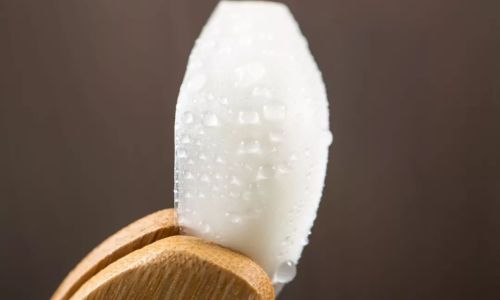
-
Sweet Lily Pudding:
Combine steamed lilies with coconut milk, palm sugar, and tapioca pearls for a dessert. -
Stir-Fried Lily and Vegetables:
Sauté steamed lilies with snap peas, carrots, and mushrooms in a light oyster sauce.
Nutritional Benefits and Culinary Versatility
Beyond their culinary appeal, lilies offer health benefits:
- Anti-Inflammatory Properties: Compounds in lilies may reduce inflammation.
- Digestive Aid: Dietary fiber supports gut health.
- Low in Calories: A 100-gram serving contains approximately 50 calories, making it ideal for weight-conscious diets.
In traditional Chinese medicine, lilies are believed to calm the mind and moisten the lungs, often used in remedies for coughs or anxiety.
Conclusion
Steaming lilies to perfection is a blend of science and intuition. While fresh lilies typically require 8–20 minutes depending on their size and preparation, dried varieties demand slightly longer attention after rehydration. By mastering factors like heat control, steaming equipment, and doneness cues, you can elevate this humble ingredient into a star of your meal. Whether paired with savory proteins or transformed into a delicate dessert, steamed lilies reward patience with a taste that is both grounding and elegant. Experiment with seasonings and textures to discover your favorite preparation—and remember, the key to culinary excellence lies in understanding the nuances of each ingredient. Happy steaming!
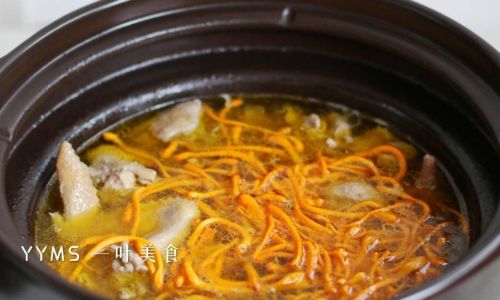
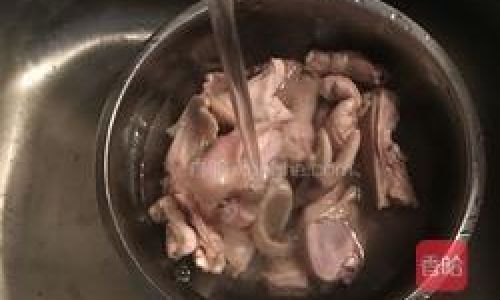

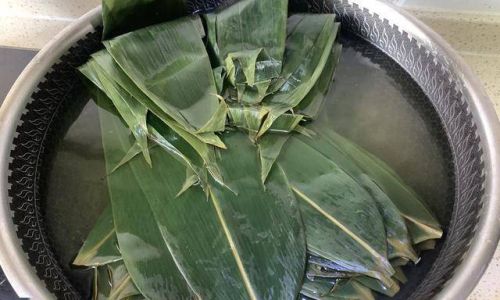
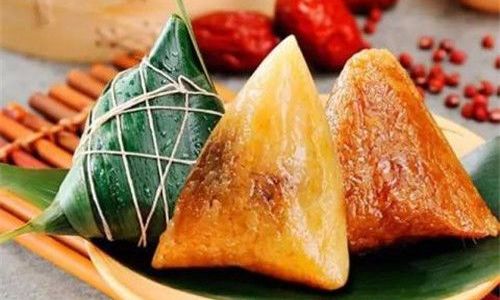
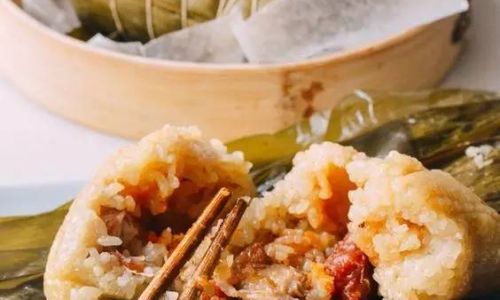
0 comments